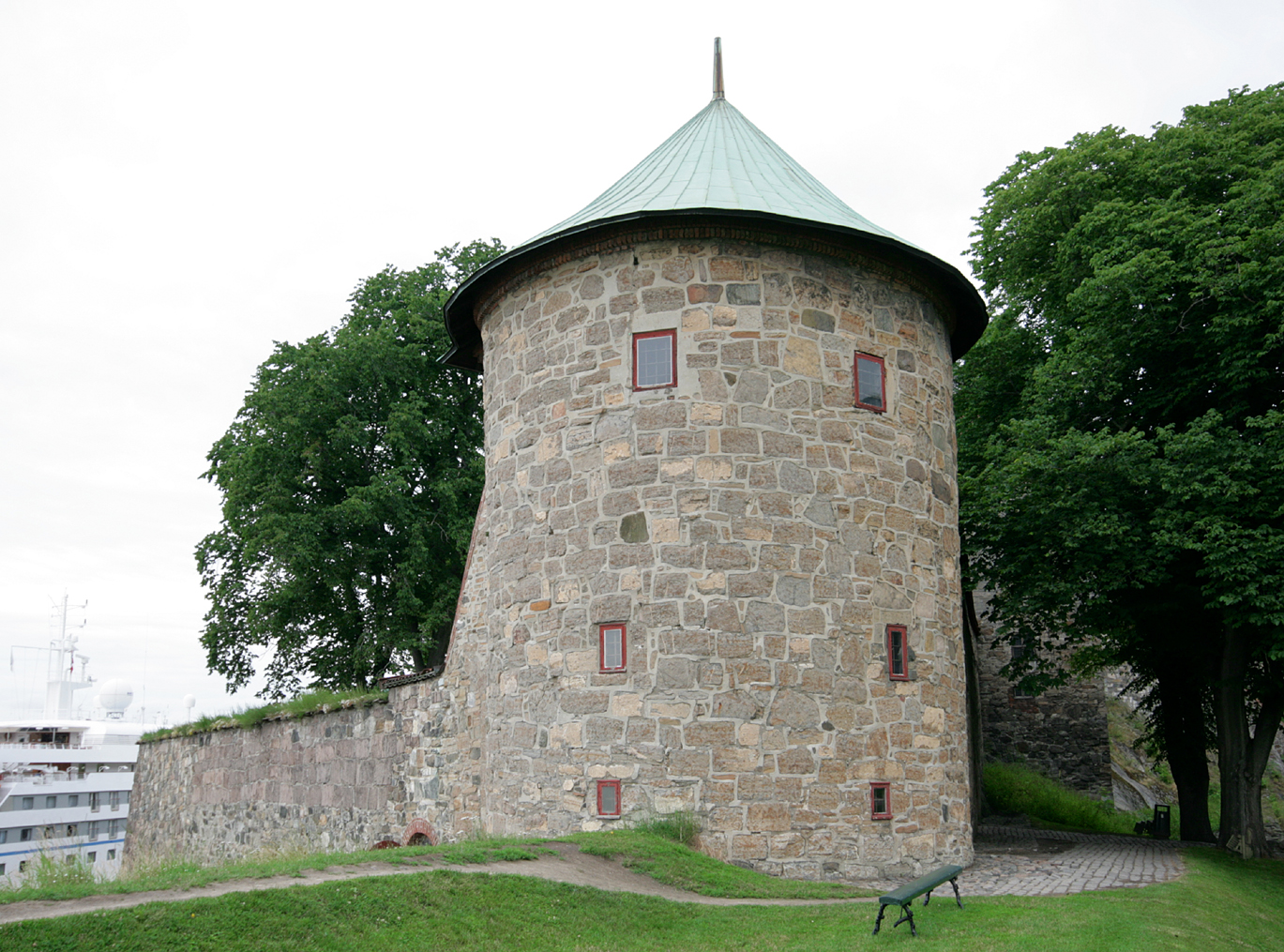Christen Munk on:
[Wikipedia]
[Google]
[Amazon]
Christen Munk (1520 – July 5, 1579) was a Danish born, Governor-general of Norway and county governor.

''History of the Norwegian People, Volume 2''
(New York City, The Macmillan Company) {{DEFAULTSORT:Munk, Christen Denmark–Norway County governors of Norway 1520 births 1579 deaths People of the Northern Seven Years' War Governors-general of Norway

Biography
He came from Danish nobility and was the son of Hans Munk (died 1535) and Maren Christensdatter Spend (died 1543). He started his career at the court of KingChristian III of Denmark and Norway
Christian III (12 August 1503 – 1 January 1559) reigned as King of Denmark from 1534 and King of Norway from 1537 until his death in 1559. During his reign, Christian formed close ties between the church and the crown. He established ...
in Copenhagen
Copenhagen ( or .; da, København ) is the capital and most populous city of Denmark, with a proper population of around 815.000 in the last quarter of 2022; and some 1.370,000 in the urban area; and the wider Copenhagen metropolitan ar ...
, in Denmark, during 1548. Munk participated in the travel entourage of Princess Anna
Anna may refer to:
People Surname and given name
* Anna (name)
Mononym
* Anna the Prophetess, in the Gospel of Luke
* Anna (wife of Artabasdos) (fl. 715–773)
* Anna (daughter of Boris I) (9th–10th century)
* Anna (Anisia) (fl. 1218 to 12 ...
when she married in Saxony that year.
In 1549 he was appointed feudal overlord of Hamar
Hamar is a town in Hamar Municipality in Innlandet county, Norway. Hamar is the administrative centre of Hamar Municipality. It is located in the traditional region of Hedmarken. The town is located on the shores of Mjøsa, Norway's largest lake ...
in Norway, and eventually acquired the properties of a number of monasteries that had become royal property after the Reformation
The Reformation (alternatively named the Protestant Reformation or the European Reformation) was a major movement within Western Christianity in 16th-century Europe that posed a religious and political challenge to the Catholic Church and in ...
. In 1556, he became the Governor-general of Norway and feudal overlord of Akershus, a position he held until 1572. This statutory position was a precursor to the stewardship that was created and existed with some disruptions until 1814.
In 1558 he became feudal overlord of Sunnmøre. During the 1560s, Munk had control over Hamar County (i.e., '' len'') and Akershus County while residing at Akershus Fortress
Akershus Fortress ( no, Akershus Festning, ) or Akershus Castle ( no, Akershus slott ) is a medieval castle in the Norwegian capital Oslo that was built to protect and provide a royal residence for the city. Since the Middle Ages the fortress ...
. He added Værne Kloster
Værne Kloster is a manor and former abbey in the municipality of Rygge in Østfold, Norway. Today only ruins of the monastery remain.
Originally a Kongsgård estate, King Sverre of Norway established a Knights Hospitaller abbey at Værne around ...
in 1571, as well as Ingedal, Eidsberg and Rakkestad in Østfold
Østfold is a traditional region, a former county and a current electoral district in southeastern Norway. It borders Akershus and southwestern Sweden (Västra Götaland County and Värmland), while Buskerud and Vestfold are on the other side ...
. In addition, he controlled a number of other smaller territories for a shorter or longer period, among them Bratsberg and Gimsøy Abbey
Gimsøy Abbey (''Gimsøy kloster'') was a Benedictine monastery located on the eastern end of the island of Klosterøya at Skien in Telemark, Norway. The island was commonly referred to as ''Gimsøy'' or ''Gjemsø''.
History
The abbey was founded ...
, Tønsberg County.
In 1567, Swedish troops moved against Akershus fortress during the Northern Seven Years' War
The Northern Seven Years' War (also known as the ''Nordic Seven Years' War'', the ''First Northern War'' or the ''Seven Years War in Scandinavia'') was fought between the Kingdom of Sweden (1523–1611), Kingdom of Sweden and a coalition of Denm ...
and, in response to this threat, Munk also allowed Oslo to burn to prevent the Swedes from gaining a foothold in the city. A shortage of artillery and supplies caused the Swedes to withdraw after eight days. A few years later, Munk retaliated by sending troops into Värmland
Värmland () also known as Wermeland, is a '' landskap'' (historical province) in west-central Sweden. It borders Västergötland, Dalsland, Dalarna, Västmanland, and Närke, and is bounded by Norway in the west. Latin name versions are '' ...
, Dalsland
Dalsland () is a Swedish traditional province, or ''landskap'', situated in Götaland in southern Sweden. Lying to the west of Lake Vänern, it is bordered by Värmland to the north, Västergötland to the southeast, Bohuslän to the west, and ...
, and Västergötland
Västergötland (), also known as West Gothland or the Latinized version Westrogothia in older literature, is one of the 25 traditional non-administrative provinces of Sweden (''landskap'' in Swedish), situated in the southwest of Sweden.
Väs ...
in Sweden on raiding and plundering missions.
In 1572 Munk moved to Jutland
Jutland ( da, Jylland ; german: Jütland ; ang, Ēota land ), known anciently as the Cimbric or Cimbrian Peninsula ( la, Cimbricus Chersonesus; da, den Kimbriske Halvø, links=no or ; german: Kimbrische Halbinsel, links=no), is a peninsula of ...
, where he died in Aakjær seven years later.
At Akershus Fortress, both Munk Pond (''Munkedammen'') and the Munk Tower (''Munketårnet'') are named after him. The Munk Tower was the medieval fortress's water tower, which he converted into a cannon and gate tower in 1559.
References
Other sources
* Gjerset, Knut (1915''History of the Norwegian People, Volume 2''
(New York City, The Macmillan Company) {{DEFAULTSORT:Munk, Christen Denmark–Norway County governors of Norway 1520 births 1579 deaths People of the Northern Seven Years' War Governors-general of Norway